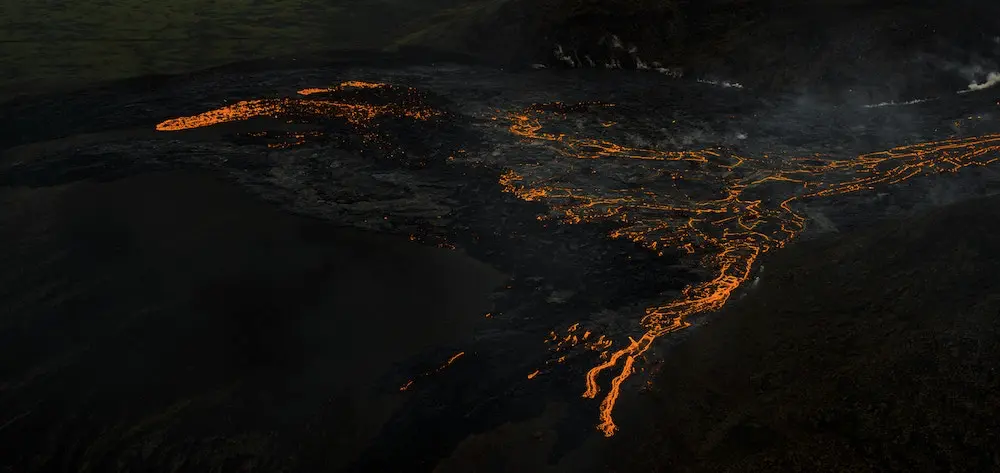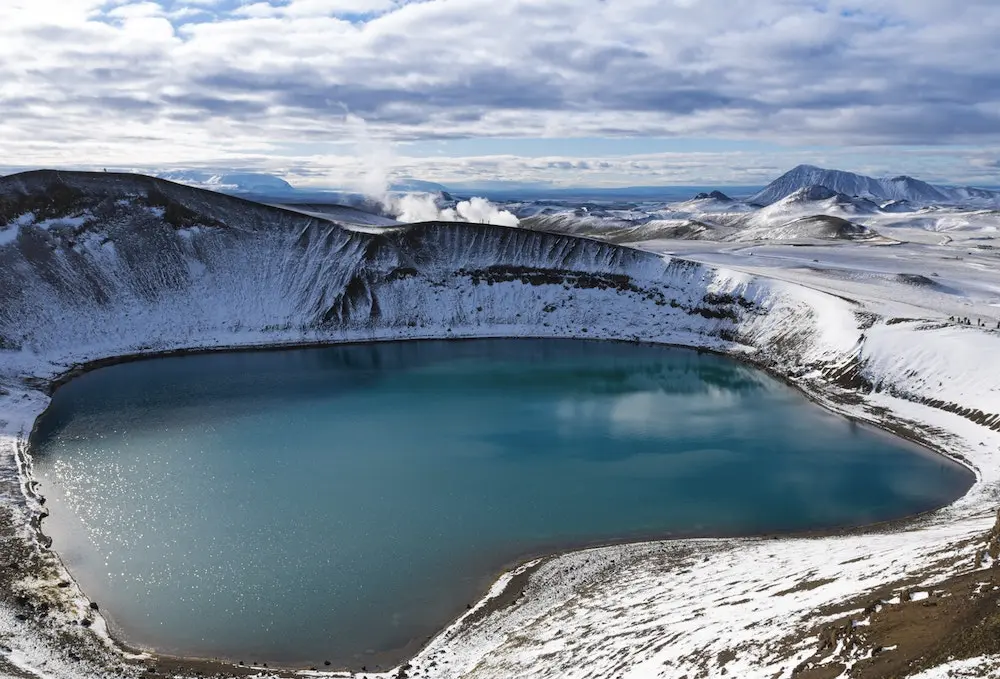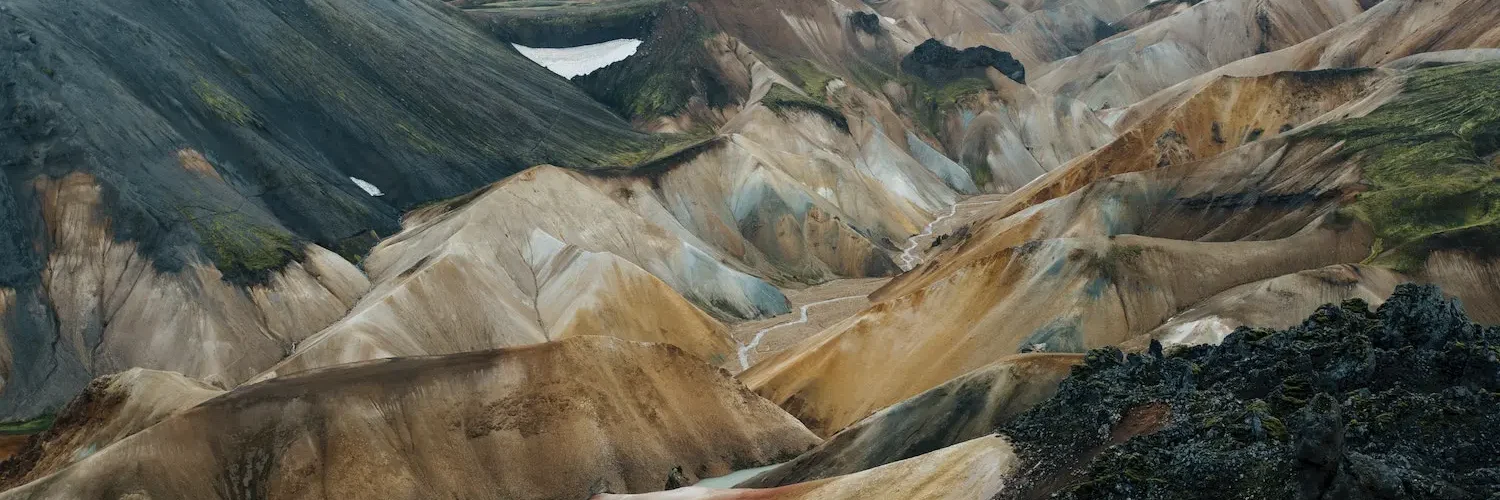Iceland is known for its varied landscapes with geysers, volcanoes, glaciers, fjords and gorges. The sometimes bizarre landscapes are the result of many thousands of years of seismic and volcanic activity. The most active volcanoes in Iceland have been the main contributors to how the landscape has formed over time.
Iceland, the land of ice and fire, is a natural wonderland where the frigid forces of glaciers and arctic weather are constantly battling the explosive heat of the earth. The result is a world of dramatic contrasts in a stark landscape, with a beauty unlike anywhere else.

There are about 140 volcanoes in Iceland, about 30 of which are active. This activity is not so literal, because if a volcano has erupted in the last 10,000 years, it is considered ‘active’. In the last 200 years, 11 of these 30 volcanoes have erupted, some of them multiple times.
Iceland is the land of vast glaciers and ice blocks along the coast, but also the land of volcanoes, geysers and special lava rock formations.
Everywhere you go in Iceland you see the effects of volcanic activity. Scattered across the landscape are volcanoes, hot springs, bubbling mud pools, smoking geothermal areas with fumaroles, lava fields, craters, pseudocraters, crater lakes and geysers. In fact, the formation of Iceland is the result of volcanism, ie without volcanic activity Iceland would never have existed.
Why does Iceland have so many volcanoes?
Iceland’s volcanic nature is due to the fact that the country lies directly opposite the Mid-Atlantic Ridge. This ridge separates the North American and Eurasian tectonic plates, and Iceland is one of the few places on Earth where it can be seen above sea level.
You can see the volcanic activity in countless places in the country. In a travel day you can see volcanoes, hot springs, bubbling mud pools, smoking geothermal areas with fumaroles, lava fields, craters, pseudocraters, crater lakes and geysers.
These tectonic plates diverge, meaning they are slowly sliding apart. As they do this, magma is propelled up from the mantle. Such volcanic eruptions fill the space in between. This occurs along the entire length of the canyon, as can be seen on other volcanic islands such as the Azores and St Helena.

How dangerous are volcanic eruptions in Iceland?
The threat to human life during volcanic eruptions in Iceland is minimal today. The seismic stations scattered across the country are excellent at predicting eruptions, and if a large volcano like Katla or Askja shows signs of rumbling, access to affected areas is immediately restricted and the situation closely monitored.
Iceland lies on the fault line of the North American tectonic and Eurasian tectonic plates. These plates have been moving for years and can significantly increase the pressure in a volcano. As a result, a volcano erupts.
Thanks to the hunch of the early settlers, the most active volcanoes are far from the cities. The south coast of Iceland, for example, has few towns and villages, due to the fact that large volcanoes such as Katla and Eyjafjallajökull lie just to the north of it. Because both peaks are under glaciers, an eruption can cause massive glacial floods that wipe out everything between those glaciers and the ocean.
Last Updated on April 28, 2023




